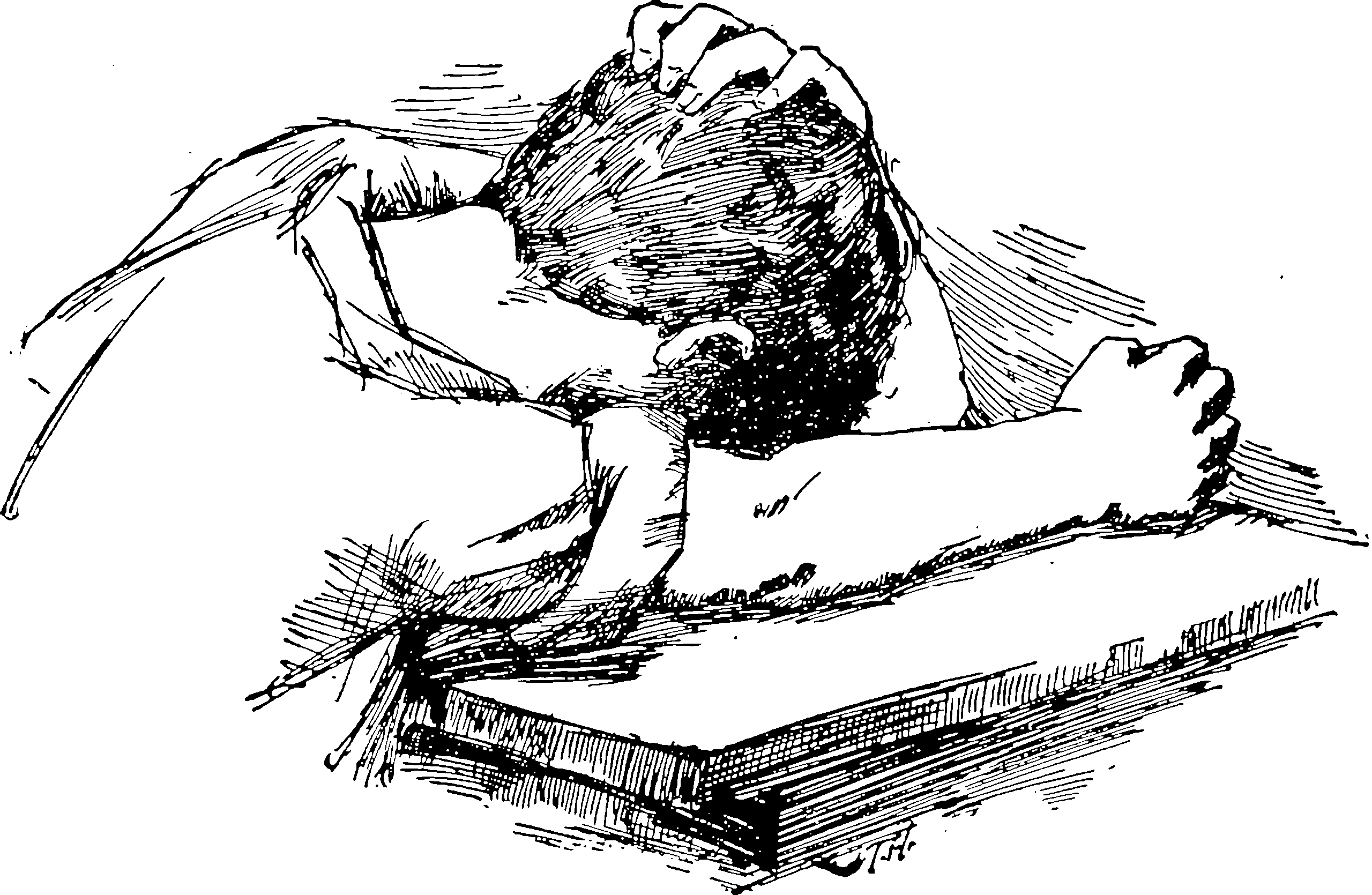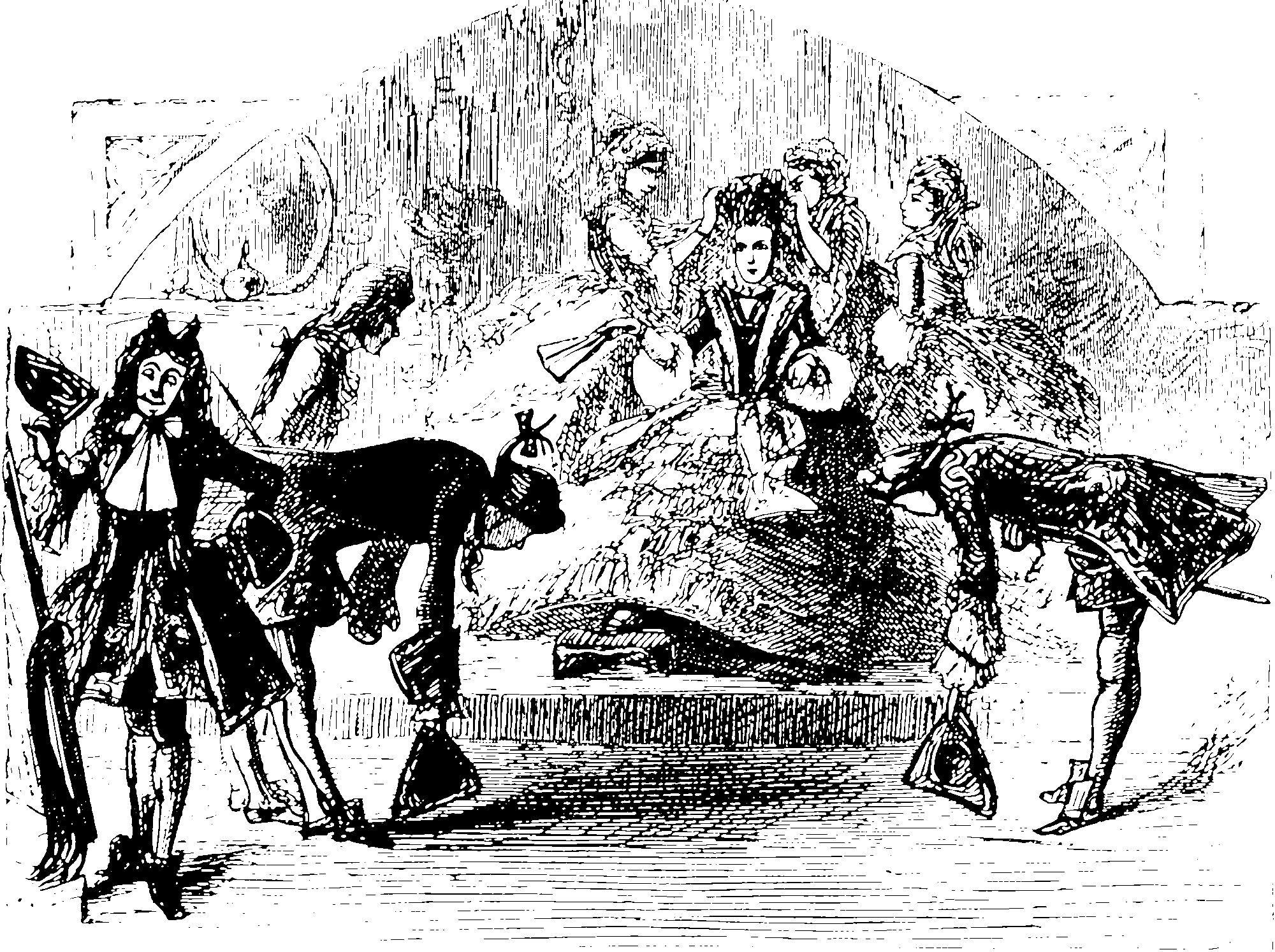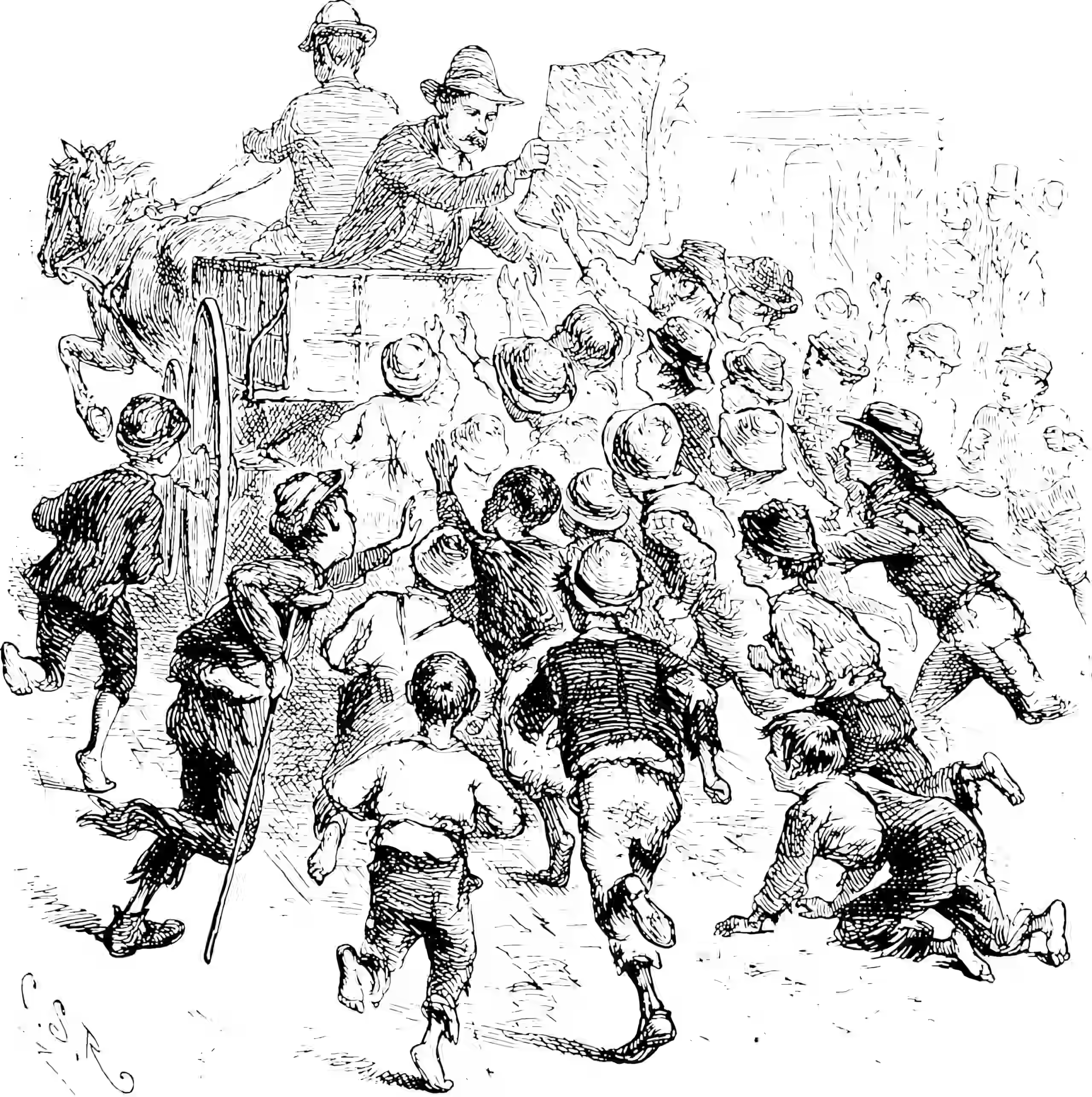Sociology and politics of information
Epistemic democracy, cognitive democracy, the great society
January 9, 2022 — February 2, 2022
Suspiciously similar content
What institutions can harness the wisdom of crowds and which are slaves to memes madness?
I am curious to read about the models used for this.
Allen, Farrell, and Shalizi (2017); Farrell and Shalizi (n.d.b); Acemoglu, Chernozhukov, and Yildiz (2006); Acemoglu and Ozdaglar (2011)
1 Epistemic communities
Hmm.
See maybe science as community or renewing journalism.
2 Cognitive democracy
TBD. Maybe rinse Farrell’s Cognitive Democracy for links.
Effective Institutions Project
The Effective Institutions Project is a new global working group dedicated to building a cross-disciplinary community of interest around the challenge of improving institutional decision-making (IIDM). We aim to increase the technical quality and altruistic intent of important decisions made by powerful institutions. We leverage the accumulated wisdom of researchers and practitioners across many fields in order to identify opportunities to make changes that are likely to have the greatest positive impact on society.
Actions taken by powerful institutions—such as central governments, multinational corporations, influential media outlets, and wealthy philanthropic funders—shape our lives in myriad and often hard-to-perceive ways. Yet on issues from COVID to climate change, our leaders too often misjudge risks, make choices based on political expediency, and fail to imagine wiser alternatives when it counts the most.
It’s no surprise, then, that according to an analysis by 80,000 Hours, “improving the quality of decision-making in important institutions could improve our ability to solve almost all other problems.” We need our institutions to do better. Our lives may literally depend on it.
3 Incoming
I work on public opinion, media and climate politics. My latest paper talks about how reporting on events looks very different depending on the ideological colour of the media outlet.
- The Best Books on the Politics of Information recommended by Henry Farrell.
- The Best Books on Information recommended by Tyler Cowen
- New research model reveals how contagion spreads among network of connected people
- Optimized Propaganda with Bayesian Networks: Comment on “Articulating Lay Theories Through Graphical Models” (Discussion of Powell and Weisman (2018); source)
Via Byrne Hobart, Odlyzko and Tilly (2005):
This note presents several quantitative arguments that suggest the value of a general communication network of size \(n\) grows like \(n\log(n)\). This growth rate is faster than the linear growth, of order \(n\), that, according to Sarnoff’s Law, governs the value of a broadcast network. On the other hand, it is much slower than the quadratic growth of Metcalfe’s Law, and helps explain the failure of the dot-com and telecom booms, as well as why network interconnection (such as peering on the Internet) remains a controversial issue.



